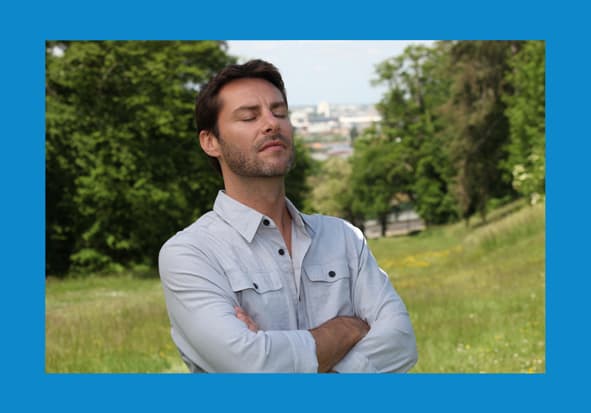
Maybe you only have a vague idea what the word means. Let me fill you in. Mindfulness means living in the moment. It means knowing what to do with your thoughts when you get stressed or lose focus. If you start to feel overwhelmed, you will use your mindfulness practice to get your calm back.
For some people, mindfulness means meditating. Your meditation practice may not have any connections to religion, or it may be part of your religion. Mindfulness can be completely secular, have some religious connections, or be closely tied to your religious beliefs.
Scientific studies have shown that the practice of mindfulness can have a powerful, positive impact on the brain. Mindfulness has been the subject of scientific studies and we now understand how mindfulness can change the neuro-pathways in the brain after two months or less of regular practice. Case studies show how mindfulness can help with physical health, mental health, pain and depression.
Dr. Sara Lazar is a neuroscientist at Harvard Medical School. She talks about being skeptical at first and then experiencing the changes first hand. As a result, she decided to study the area of mindfulness. In her TEDxCambridge talk she says:
“We know that whenever you engage in a behaviour over and over again, this can lead to changes in your brain. This is what’s referred to as neuroplasticity. What this means is that your brain is plastic and the neurons can change how they talk to each other with experience.”
You can watch her TEDxCambridge talk here. You can also have a look at the Mindfulness Research Guide here.
What is Mindfulness? Being aware of the present moment and being aware of your thoughts. Rather than multitasking, mindfulness is about bringing your mind back to one place, one thought or one activity. If you’ve ever closed your eyes and just tried to think about one thing, you may have noticed your mind starting to jump from one thought to another in rapid succession. If you then reminded yourself to go back and think of the one thing you decided to focus on, you were practicing mindfulness.
In my opinion, no one is perfect at mindfulness. That’s why it’s called the ‘practice’ of mindfulness. Taking some time to clear your mind, think one thought, and bring your mind back to that one thought when it strays, is mindfulness. When you do this every day for two weeks or more for at least fifteen minutes each day, scientists say your brain begins to change. You may begin to notice you are feeling a little calmer, you may feel a bit more relaxed and maybe your focus has increased. After several months of mindfulness practice, many people report other positive results. They often say they feel happier and more in-touch with the world.
The Mindfulness Mode Podcast is my way of reaching out to the world and sharing the news of how mindfulness can help you in your life. I interview interesting people who use mindfulness in their lives to increase calm, focus and happiness. You’ll hear first-hand how they’ve used mindfulness and what it means to them.
Check out the Mindfulness Mode Podcast at www.mindfulnessmode.com. The link to Mindfulness Mode on itunes is here: MindfulnessMode on Itunes. Let us know your thoughts by leaving a rating and review on itunes.
Mindfully yours,
Bruce

